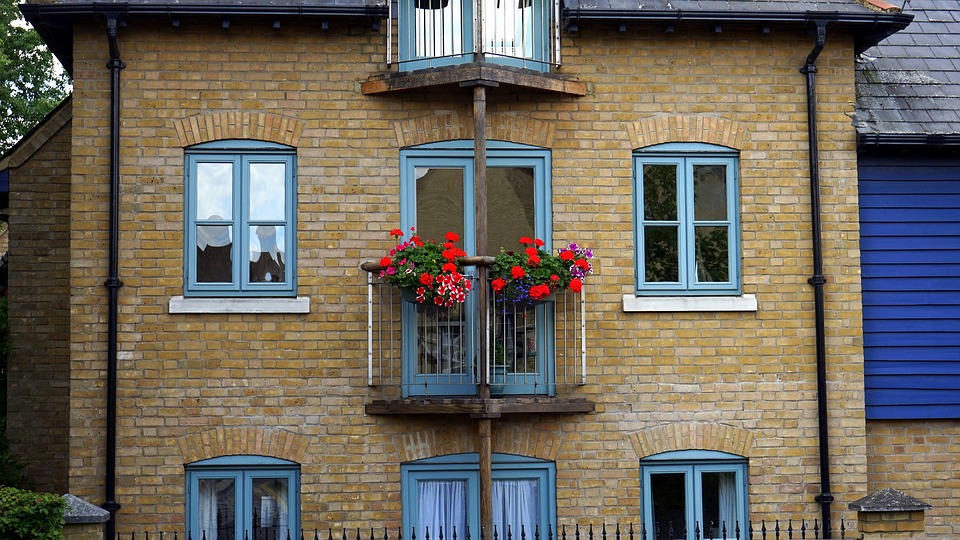If you notice damaged or missing shingles on your roof, you may need to replace them. However, there are many steps you can take to ensure that you don’t create a breeding ground for mould. First, remove the adjacent shingles’ nails. Next, look for damaged or curled shingles. Finally, if you notice more than just damage, you should call professional roofers in Glasgow.

Remove adjacent nails from roof shingles.
You can remove adjacent nails from damaged roof shingles in a few easy steps. The first step is to locate damaged shingles. You can find this by looking for empty nail holes and rows of nails in the middle. You can then apply roof tar to the nail heads and undersides of the overlapping shingles.
Now, you can remove adjacent nails by using a flat pry bar. Roofers in Glasgow use this tool to break the seal that holds the shingles down. Then, use downward force to pull the nail out of the shingle. You can then replace the shingles with the same size and type.
Look for damaged, curled, or missing shingles
Damaged, missing, or curling roof shingles can be a sign of a serious roof problem. Florida’s intense heat and humidity are especially hard on shingles. Even though many shingles will last up to twenty years, this does not mean that you should ignore the earliest signs of a roof problem. Buckling shingles, for example, often occur when the shingles are not properly installed or have too much moisture in the attic.
A home’s roof shingles are an intricate system that protects the house’s structure from the elements. The whole system is susceptible to moisture and leaks when a single shingle is damaged or missing. Damaged shingles should be repaired as soon as possible.
Replace shingles
If you’ve noticed that your shingles are curled up or cracked, it may be time to replace them. If you’re unsure how to begin, here are a few tips: First, secure a ladder to work from. Next, make sure you secure your footing before taking each step. Finally, while you’re on the roof, measure the damage to determine how many shingles to replace and which shingles will remain intact.
To start, line up the damaged shingle’s ends with the entire edge. Next, loosen the nails in a radius around the damaged shingle. Finally, you may need to pull a nail out from underneath the shingle to release it.
Avoid mould growth
If you’re considering replacing damaged roof shingles, you must be aware of mould growth dangers. This condition is often caused by improper ventilation, which allows moisture to accumulate. In addition, damaged or worn roof shingles allow water to penetrate, which can be a breeding ground for mould and mildew.
Fortunately, there are some things you can do to prevent mould from growing on your roof. You can start by cleaning the shingles. This is important because mould and algae thrive on moist surfaces, so you need to keep them clean to prevent the growth of this kind of growth.

Krista Loeding specializes in travel and lifestyle content, exploring the intersection of elegance, comfort, and adventure in distinctive travel options.





